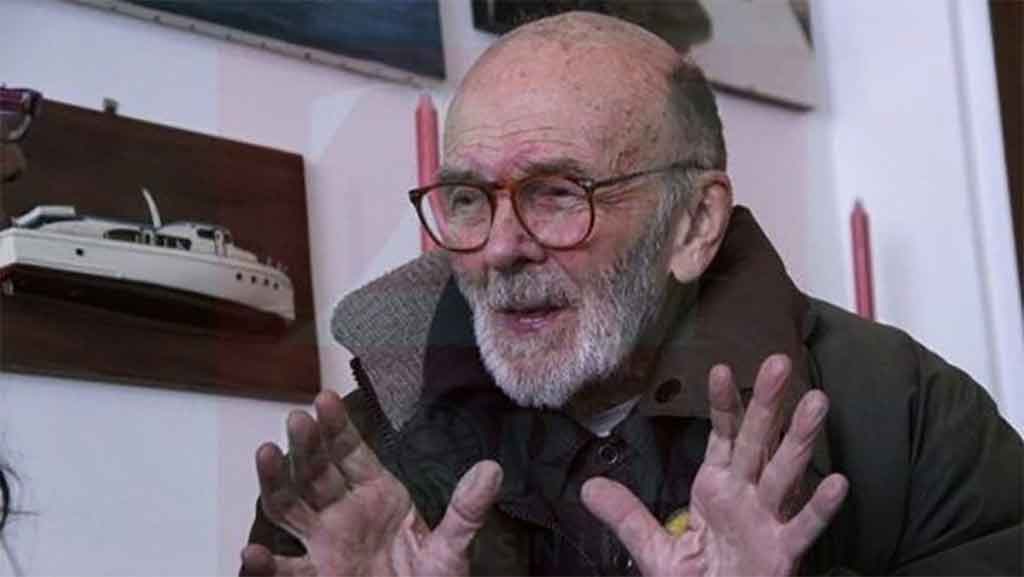His odyssey to get a boat that would allow the transfer to the eastern Cuban coast of 82 people who would start out as combatants to liberate the homeland from its oppressors, is well described in the book that the Cuate himself wrote in 2005 and was subsequently reproduced in several editions more.
But he was also the man -at that time a small businessman- who made available to Fidel Castro the weapons he sold in his gun shop in Mexico City, where in June 1955 he met the young exile, exaggeratedly convincing in his arguments, whose friendship and fidelity trapped him until his unfortunate death.
El Cuate does not know how to explain it, he could not find the right words to describe that strange persuasive power of whom he only knew his name -or at least that was his introduction- to Fidel Castro, who wanted to free his country, Cuba, from a tyranny , reminding him of his favorite heroes, Zapata and Villa and other Mexican revolutionaries.
He doesn’t know how either, but he gave him his absolute trust and made himself available to him one hundred percent and full time, after interpreting the technical questions in bursts that the young man of almost his same age asked him.
El Cuate became a regular at the house at Amparán 49, near the Monument to the Revolution, where everything was forged, and at the gatherings at Café Habana, a few blocks from there, between “tortas con todo” (bread with everything) later converted, to this day, into “Cuban cakes”, the richest according to most users.
For Fidel El Cuate became essential until the departure of Granma, one of the most important technical collaborators that the Commander in Chief had in Mexico.
El Cuate describes the Granma and says it was a 63-feet sports yacht. It belonged to a married couple who semi-abandoned it due to the damage caused by a hurricane.
These little paragraphs of his story about the boat are exciting:
“When I was riding in the panga through the brush, practically hidden on the river bank, I managed to see a small white boat, it was far from the route of the panga but it really caught my attention.”
“This is for me, and remembering so many things that Alejandro (Fidel) made me live, is important.”
I used to go through Tuxpan from time to time, but in the opposite direction, from south to north, and I had never seen the ship, it was behind me, but from north to south it was very rare for it to pass because it invariably brought contraband, and as I said it was dangerous, but this time I didn’t bring it or take a risk. The thing was that I saw the ship, the fate of the Granma yacht was written in history”.
The truth is that without the yacht, even when it was small to house 82 people, the landing could not have taken place on December 2.
El Cuate was not an expeditionary, but remained in Mexico and dedicated himself to sending weapons to the Sierra Maestra that he bought in the United States in risky operations and with the police behind him permanently, although they were never charged despite the fact that they arrested him twice in the United States. The first time he got bail, and the second time in Texas, the Cuban Revolution had already triumphed, but he was imprisoned for more than 11 months.
His death, although it was known that he was ill due to a deterioration in his health due to age, surprises and fills the Cuban people with great sadness, who consider him among the heroes and martyrs that the Revolution organized, directed and defended by the undefeated Commander in Chief, Fidel Castro.
ef/oda/lma









